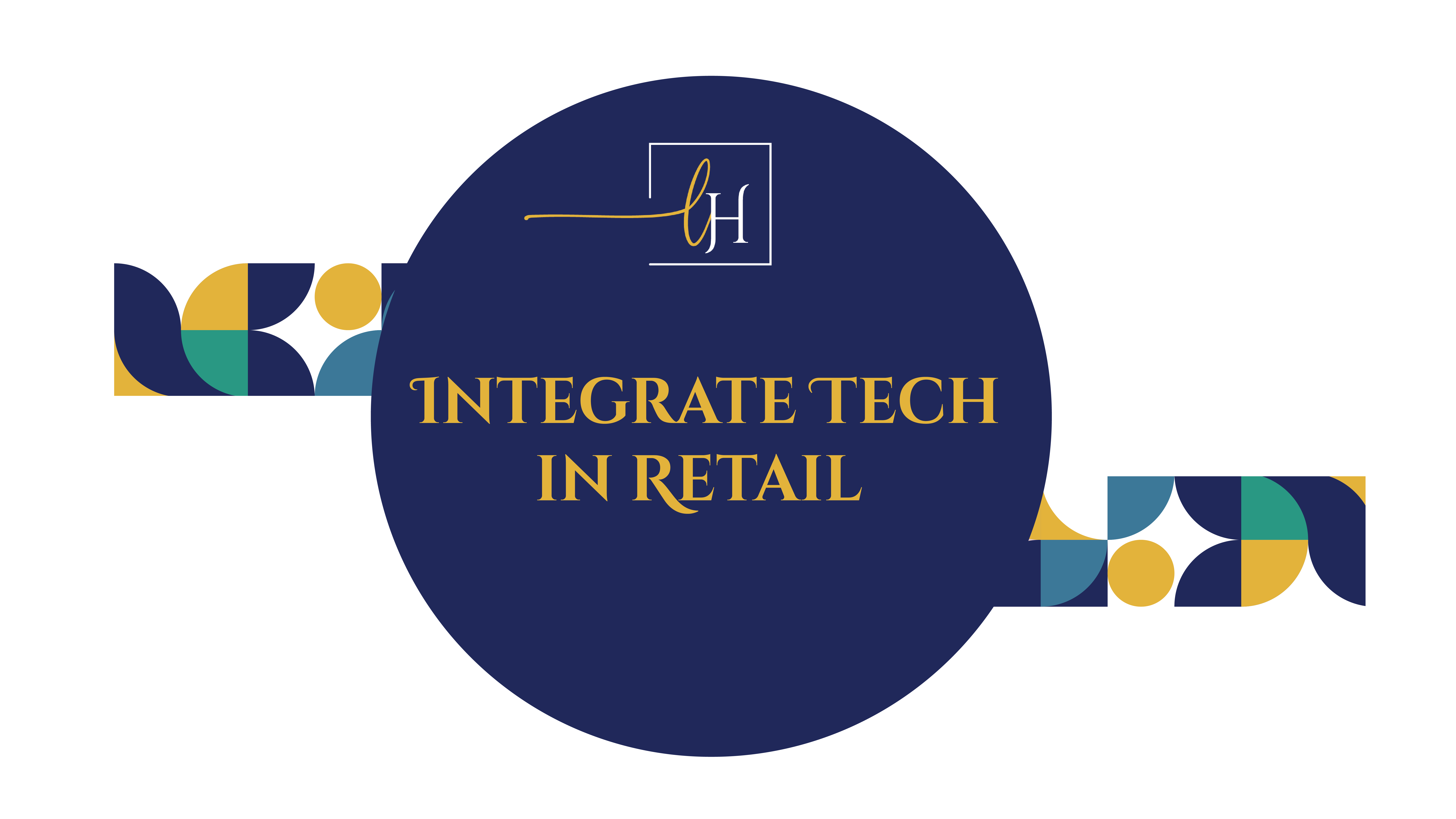For the past few decades, the retail landscape has been dominated by Baby Boomers and Gen X as store employees and frontline staff. As a result, training methods and approaches have remained the same. As Gen Y – Millennials – enter the workplace, expectations are shifting dramatically.
It’s no secret how different Millennials are from previous generations. They’re the first generation to grow up completely immersed in technology. As a result, being connected and using technology isn’t an extra – it’s an expectation. Case in point, Millennials are the largest segment of smartphone owners and they want to use their phone for anything and everything.
But it isn’t just Millennials who expect the integration of technology. Right behind them are Gen Z (those born after 2000) who are beginning to enter the workforce as front-line retail associates.
In order to keep up with the expectations of the Millennial and Gen Z generations, retail training needs to be modernized. Mobile and e-learning apps can improve your retail training of Millennials and Gen Z. Here are 3 ways integrating technology into your training methods will help you reach your Millennial and Gen Z employees:
1) Increased Engagement: Technology-based training helps make training engaging and keep your staff’s attention. Anyone who has ever sat in a classroom for training knows exactly how boring it can be and how the majority of participants are disengaged – this is especially true for Millennial and Gen Z employees, as they are used to learning through apps and websites with gamification.
Why offer training that no one is excited about? After all, you want your retail team to not just understand what they learn, but actually to retain and apply it so they can follow policies, represent the brand, and offer an amazing customer experience that creates loyalty with your customers.
With mobile and e-learning apps, classroom training can become a thing of the past. Training becomes interactive, and can be delivered on demand. For example, a new retail associate can do their training immediately when they are hired. Training can be done anytime, anywhere, making it convenient for both employees and managers. With interactive training, you can encourage active participation and make the content your employees are learning be something they are connected with.
2) Real-Time Insights Across the Operation: When you run a retail operation with multiple locations (dispersed across the city, country, or globe), one of the biggests challenges with training is ensuring training is executed and done so in a way that best serves your brand. This is truly one of the most compelling reasons that mobile and e-learning make a measurable difference for all generations in the workplace.
In the past, training would be provided to managers, and you’d need to hope that it was actually completed. With learning apps, you’re able to have training content be consistent across your retail operations and measure that it’s completed at the store level.
Everyone from the store manager to the district manager to your training team can track activity in real-time. Have the five new hires completed the customer service training? Did your manager deliver coaching or ensure an associate who needs additional training gets it? With an app, you’re able to see what’s happening, when it’s happening, and take action to guarantee that all of your staff are implementing learned skills on the shop floor.
Plus, with your Millennial and Gen Z staff being in customer service – higher turnover positions – you can increase their employee satisfaction and the potential for them to continue with your operation for years to come. It’s no secret that lower turnover and promoting from within helps reduce recruiting and training costs over time.
3) Lower the Costs of Training: In the past for most retailers, training has been either a in-class session with a training manual and some role playing, a video to watch in the backroom or reliant on the manager to hopefully train new associates on the store floor.
The cost of in-class training sessions are typically high: you need to gather people in a room, take time away from your employees being in the store itself, and compensate all those in attendance. Additionally, training by managers takes time away from their day-to-day duties, and is inconsistent at best.
In contrast, mobile and eLearning cost between 10% and 20% of traditional face-to-face training.
Digital learning is much more affordable than most retailers realize, particularly as existing platforms can be customized to meet your organization’s specific needs.
If you’re interested in learning more about mobile and e-learning for your retail organization, LHR can help. I offer consulting services, training and e-learning programs aimed at improving retail and business profitability, with a focus on engaging all generations in your workforce. You can learn more about the e-learning and training programs I offer by clicking here.
Contact me for a free consultation today at [email protected] to discuss your digital learning needs and how you can make a bigger impact with training.

